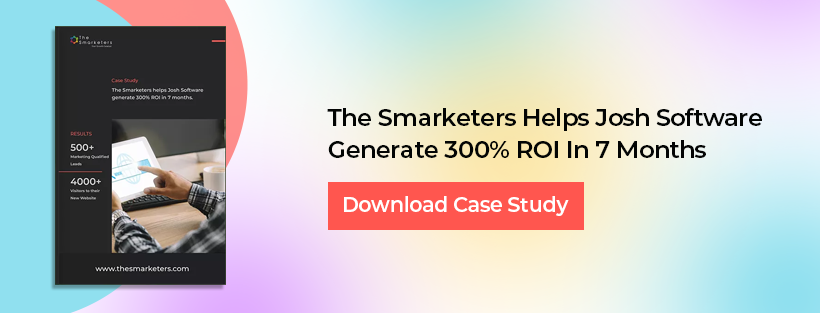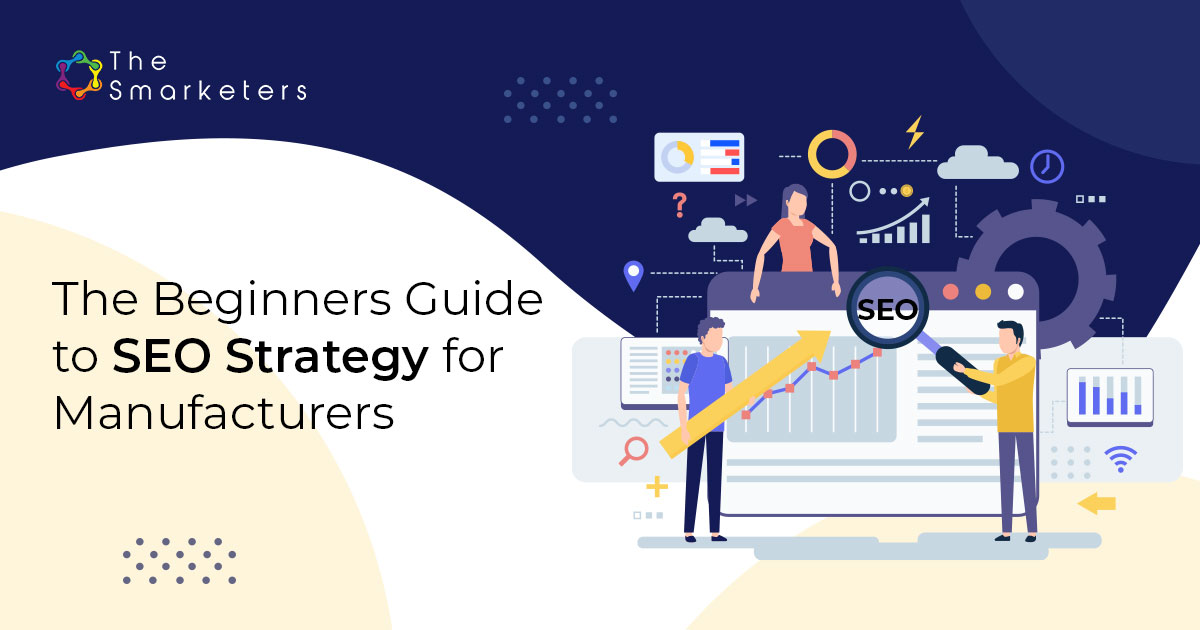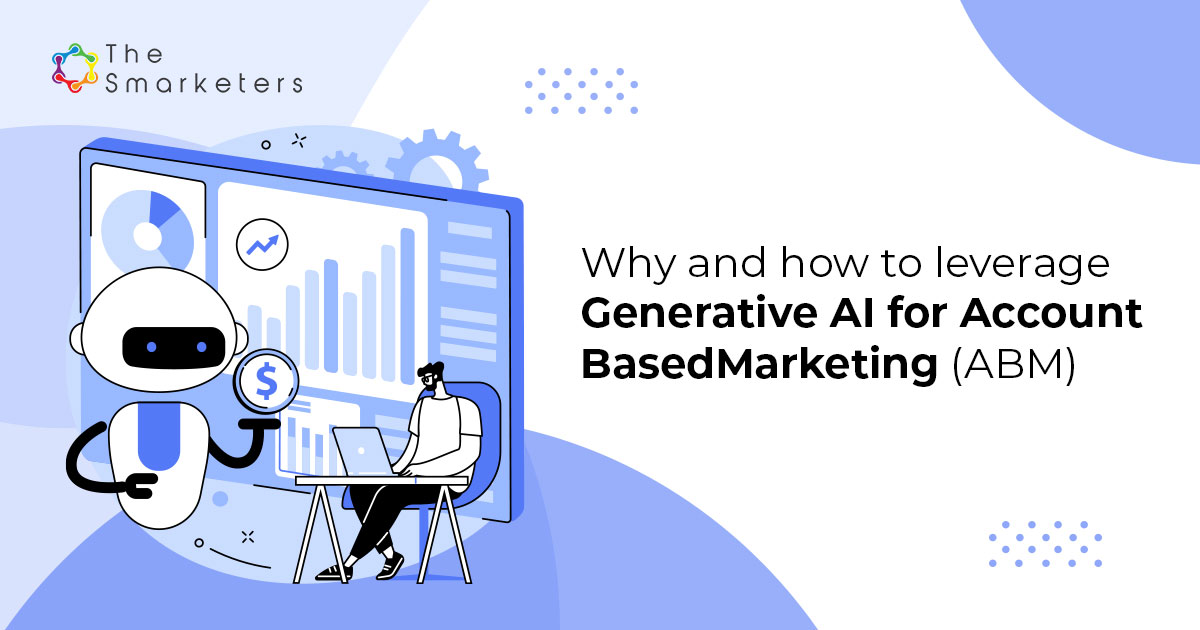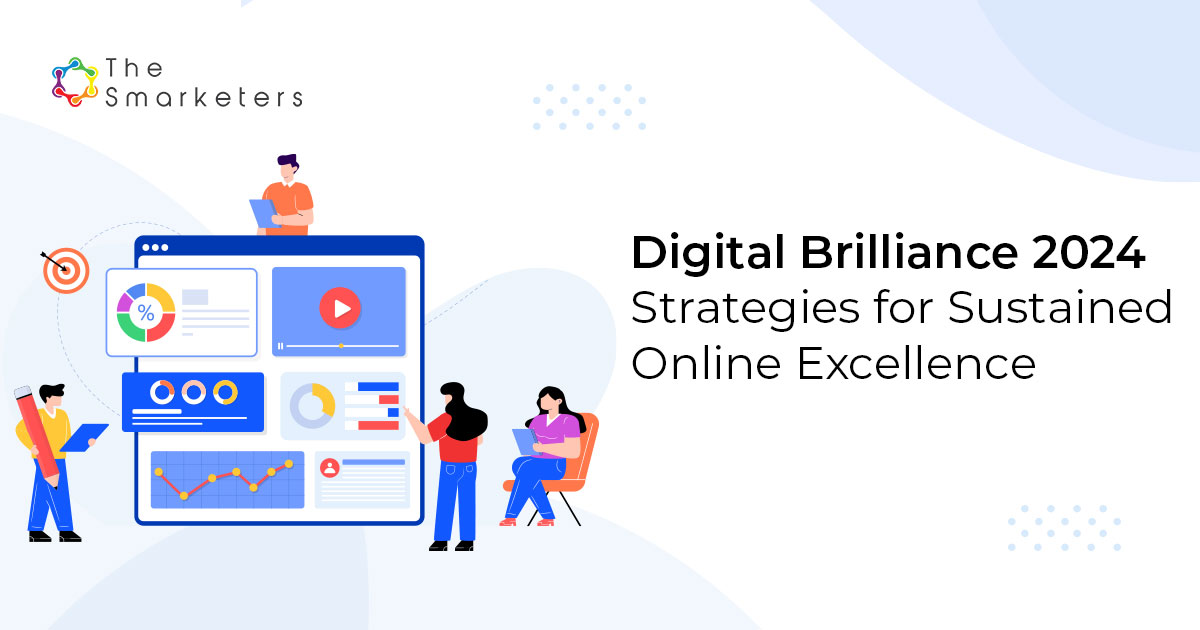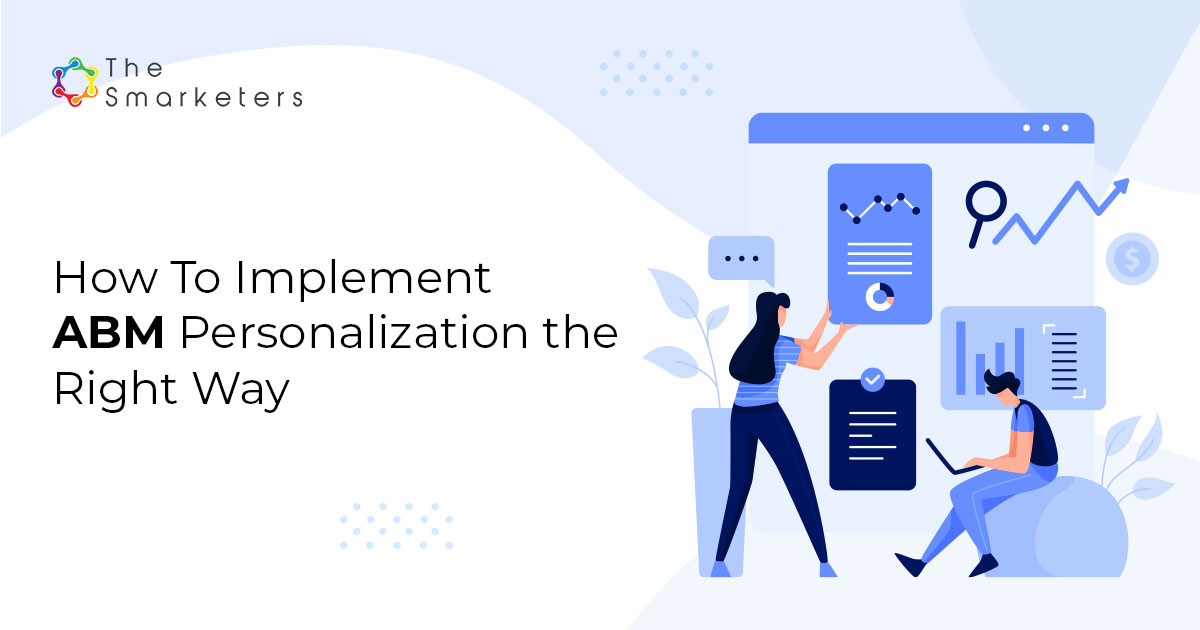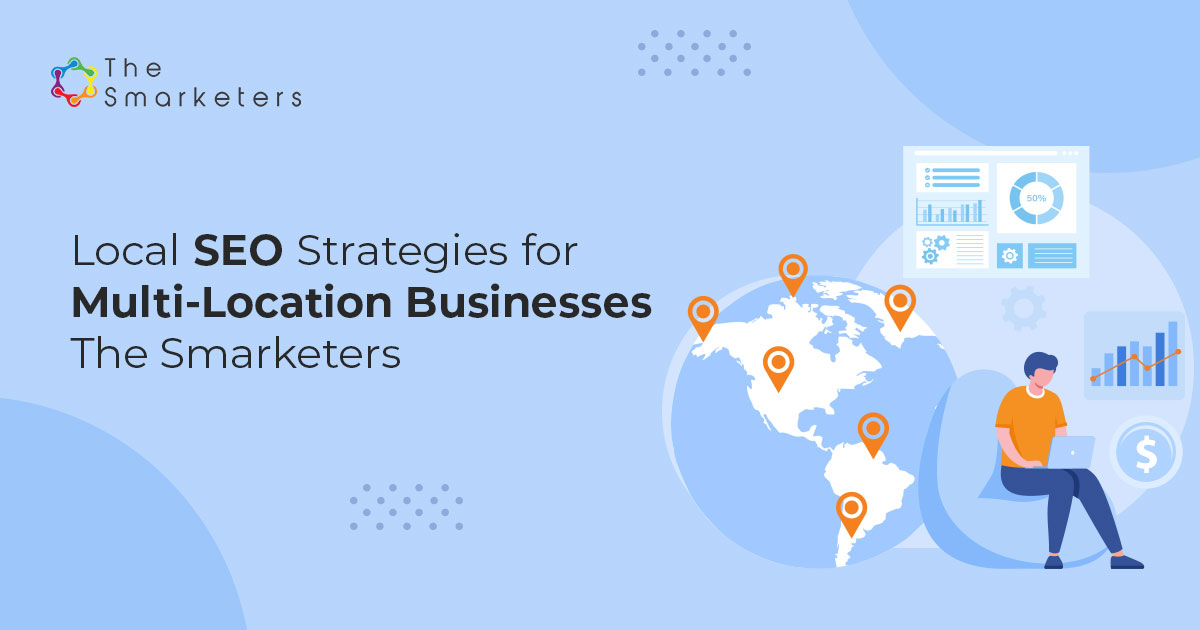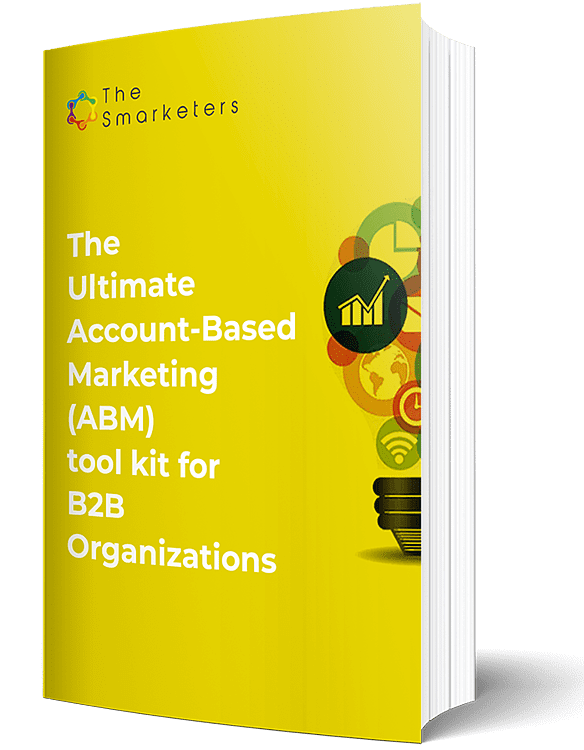The past couple of years have been quite challenging for B2B marketers as it was impossible to access traditional lead generation channels like in-person meetings, live events, etc. The constant shift towards the new virtual world has replaced the need for lead generation with demand generation. Several companies are now adopting B2B demand generation strategies.
Though demand generation sounds quite familiar to lead generation, specific touch points make them different and essential. Therefore, let’s now explore demand generation, what makes it different from lead generation, and the vital steps that help build a strong demand generation program.
What is Demand Generation?
Demand generation is an activity that creates interest or awareness in the service or product, ultimately creating a pipeline to grow your business. It is a collective term covering all the sales and marketing initiatives across the customer’s journey – from being a prospect to upselling.
B2B demand generation neither creates unnecessary demand for sale nor tricks people into buying something that is not needed. Instead, it targets the right audience with the correct information at the right time.
What Makes Demand Generation Different from Lead Generation?
B2B Lead generation concentrates on capturing the current demand instead of creating it. Capturing demand means the competition will be high, and the close rate will be low. It is like a big ocean where everyone fights over the same customer.
However, demand generation strategies create demand for the product, which ultimately converts into a potential lead. Therefore, creating demand will significantly decrease the competition, shorten the sale cycles, and result in better close rates and margins.
But remember that demand generation needs a lot of patience, as you cannot rush someone to become a customer instantly. Instead, B2B demand generation lets you establish a preferred or appropriate choice before the buyer enters the purchase cycle. It doesn’t happen immediately, as already mentioned. Because of this, some marketers prefer to create demand for a short duration and achieve the result with it. However, leads generated from short demand generation can lead to tough closures in the sales process.
Essential Steps for a Strong Demand Generation
Whether you want to start or extend a demand generation strategies program in your marketing efforts, you have to follow the below-mentioned five essential steps to make it successful.
- Creating Awareness
In today’s highly competitive landscape, creating brand awareness is essential for creating an influx of quality leads. A successful and lasting strategy for creating awareness leads buyers to a positive impression. Also, it increases trust in the solutions offered by the company. One of the best ways to ensure credibility is through authentic reviews. Businesses need genuine reviews from previous/past buyers to achieve the results. These reviews will help potential buyers understand the product/service better. The high-level insights in a review will free the product from the marketing hype and help the buyers filter through the product range.
- Content Strategy
Any brand’s expertise in its industry maintains trust and authority in the field. This trust will provide the groundwork for having potential customer conversations and addressing the pain points.
So, curating personalized content for addressing the needs and pain points will eventually lead to reliable leads that are ready to convert. When in doubt about the content to include, use primary reasons buyers need to consider while searching for a service or product.
- Lead nurturing
B2B demand generation doesn’t stop when a potential lead comes into the sales funnel. Reliable demand generation follows throughout the journey from being a potential lead to addressing any buyers’ questions, attitudes, and concerns. The main goal is to reach buyers with the correct information and choices. Closely monitor the leads to know whether the outreach program meets customer needs.
- Account-Based Marketing
When leads start pouring from the demand generation strategy, account-based marketing helps fast-track high-value leads. Here, B2B marketers should evaluate the business objectives of the target buyers and must consider which steps can lead to the purchase.
- Partner Marketing
It has become essential to focus on digital marketing, primarily due to a significant shift towards virtual business interactions across industries. Even if we estimate the possibility of in-person interactions returning after the pandemic ends, the chances are high that online marketing will continue to stay. Therefore, companies need to think about partnering with third-party marketing service providers to ensure better reach, especially to pre-screened audiences.
Final Takeaway
Building brand awareness and promoting engagement through demand generation is quintessential to seeing a substantial change in revenue. Adapting a strong demand generation program can help the business make its mark in the field and stay ahead of the competition.


